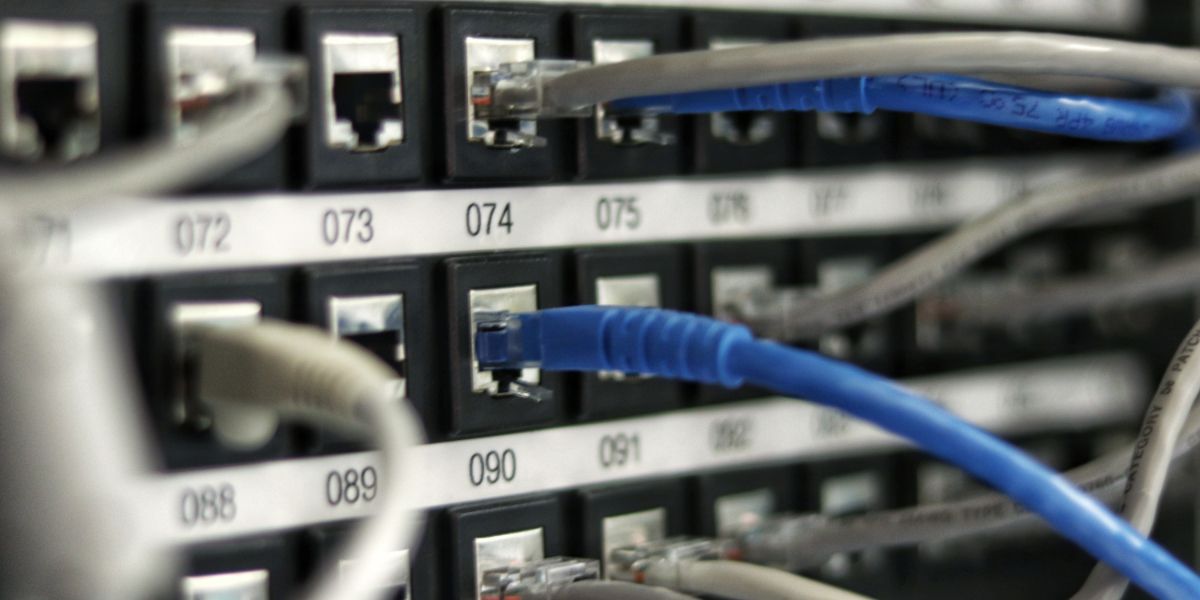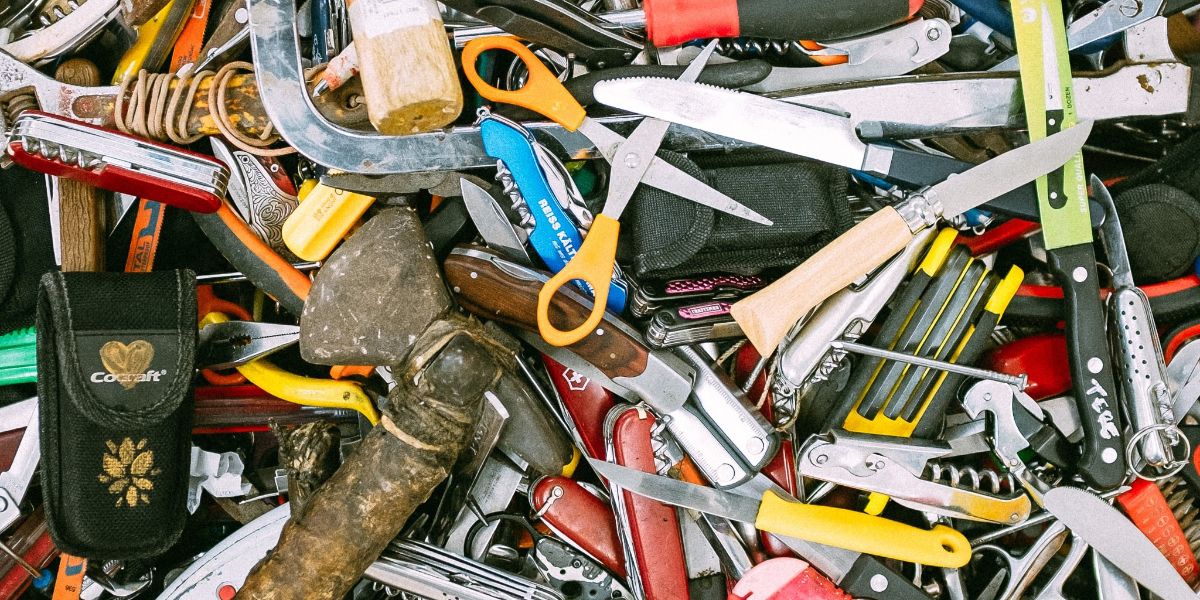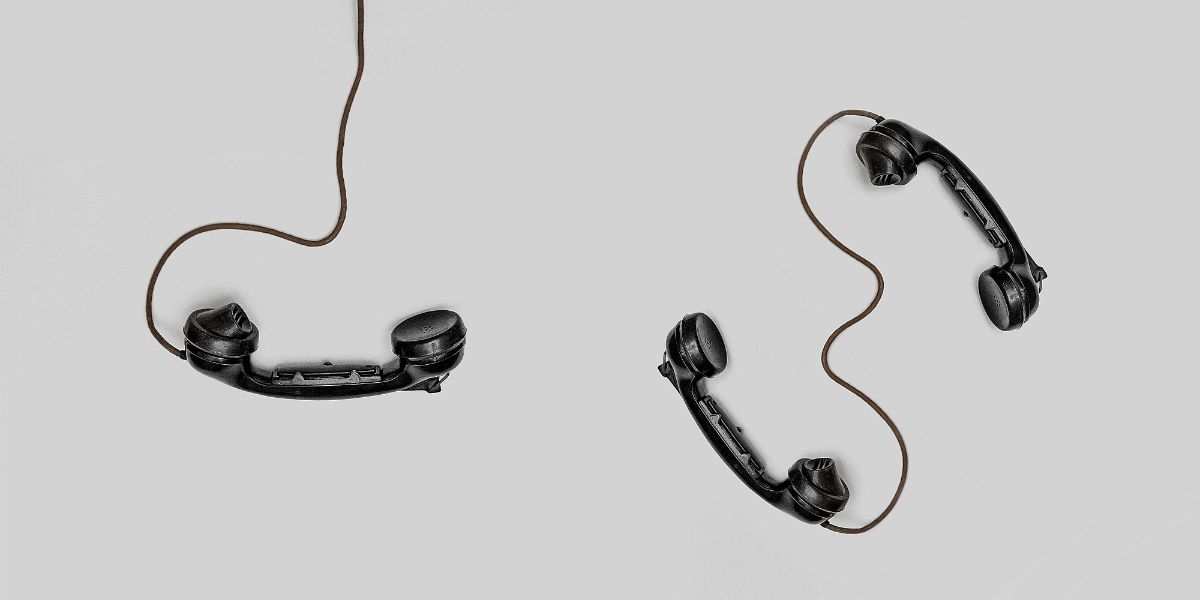Are you looking to build a new smart home? Or to make your existing home smart? Then be sure to watch out for these common smart home mistakes.
The journey of creating your perfect smart home is exciting. Many people fantasize about automated coffee-makers and instant weather reports. Some imagine a home that is the pinnacle of convenience or comfort.
But there are several potential pitfalls when just starting out. In this article, we’ll show you how to avoid some of the biggest mistakes people face when creating their perfect smart home.
1. Upgrading to 5GHz Networks
Many smart devices---especially those on the budget tier---still rely solely on 2.4GHz networks to communicate with Wi-Fi. When users upgrade their network to 5GHz, these devices stop working. Rented routers supplied by some internet providers often use 5GHz channels by default, and switching back to 2.4GHz requires digging into the factory settings.
How to Correct This Mistake
- Research all smart home products for compatibility before making a purchase.
- Determine which of your devices are 5GHz-compatible before upgrading
- Temporarily disable 5GHz channels when setting up a new router.
- Keep a log of all your device information for reference when making buying decisions.
2. Buying Too Many Items at Once
When outfitting your new smart home, it's tempting to buy bulbs, light switches, track lighting, home assistants, and other devices at the same time. But it's better to purchase slowly, or with a specific goal in mind.
Overexcited buyers don't always consider how products fit into their lifestyle, which is why some smart devices then quickly get banished to the junk drawer.
How to Correct This Mistake
- Consider how you’ll use a device before you buy it. What problem will it solve? What inconvenience will it cure? Does the device lack any obvious features that will be corrected soon?
- Understand The Diderot Effect, and how it influences buying behavior.
- Set a budget for smart home tech and stick with it.
3. Not Setting A Budget
Some smart items cost hundreds of dollars or more. Without setting a budget, it’s easy to find yourself spending more money than intended on these products. That’s why it’s important to establish your budget before you begin adding devices to your home.
How to Correct This Mistake
- Determine a realistic dollar amount to spend on your smart home.
- Don't impulse buy smart home devices.
- Stick to your budget and add devices slowly.
4. Forgetting About Security
A recent study by The College of William & Mary found that without appropriate security measures, Google's Nest and Philips Hue smart home products were vulnerable to outside attack. Due to their internet connectivity, smart devices are frequently at risk of being compromised.
That’s why device security and network security should always be considered when it comes to your smart home.
How to Correct This Mistake
- Use two-factor authentication.
- Change default device passwords.
- Use a password manager.
- Regularly update all smart home software.
5. Not Considering Product Longevity
Buyers sometimes fail to consider product longevity when adding new devices. Early adopters of promising tech are especially prone to making this mistake.
It’s well-known in many industries that early adopters often play the role of unintentional “beta-testers.” Smart home technology is no different, but when a product goes belly-up, early adopters are torn between spending more money or living with a lack of upgrades and support.
How to Correct This Mistake
- Don’t pine over the "latest and greatest" smart home tech. Just like the Terminator movies, sometimes the second iteration is better.
- Be wary of Kickstarter campaigns that introduce "unicorn technology"; tech that seems too good to be true.
- Be patient. Good products stick around and improve over time. Bad products fail, get rebranded, or get replaced.
6. Not Considering the Effect on Others
If your spouse or other family members constantly bug you about how to use your smart devices, you’ve made one of the classic smart home blunders---forgetting how automation might effect those around you.
Some of us live with people who are not technologically inclined. To them, turning on a physical light switch is more convenient than having to remember commands like, "Alexa, turn on upstairs bedroom light two." No matter the dynamic, forcing loved ones to suffer for the sake of automation can hurt your relationships.
How to Correct This Mistake
- Discuss all new devices with your family or loved ones before installing them.
- Understand that even if automation is fun for you it may be frustrating for others.
- Be willing to make compromises when considering smart devices.
- Anticipate problems that might occur when others visit, such as during holidays or special events.
7. Installing Incompatible Tech
Do you have several different apps to control each of your devices? Do you have several brands of the same type of smart device in your home? Do you avoid using your devices because they don't work properly? If so, you’re familiar with the mistake of incompatible tech.
Smart devices should work together to make life easier, but some refuse to play nice with systems like HomeKit. Combing through multiple apps to control a single device is the opposite of convenient. That's why it's important to consider whether your devices will work well together before bringing them home.
How to Correct This Mistake
- Consider the limitations of potential new additions, and how they might fit into your current setup.
- Use devices that are supported by major platforms such as Apple Homekit, Google Home, and Amazon Alexa.
- Buy from well-established manufacturers.
8. Automation Overlap
The final mistake for smart home setup is automation overlap. Automation overlap occurs when a single device is triggered by multiple automations. This mistake often results in unexpected behavior from both the device and (sometimes) the user.
Additionally, automation overlap isn't always simple to correct. While apps like Apple’s Shortcuts and Apple Home make creating these automations easy, untangling broken ones can be headache-inducing.
How to Correct This Mistake
- Prune your automations regularly, and eliminate those you rarely use.
- Remove or repair duplicate automations immediately.
- Maintain a log of current automations to reference when troubleshooting.
We ALL Make Mistakes
If you’ve made one of these mistakes, don’t worry. You can correct them now by following the tips we've listed here.
Proper planning will allow you to create the home you've always wanted, and avoiding these mistakes will help you take a smart approach to building your smart home.
Image Credit: Tim Mossholder/Unsplash









